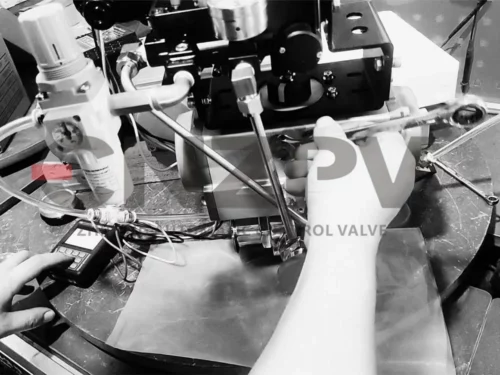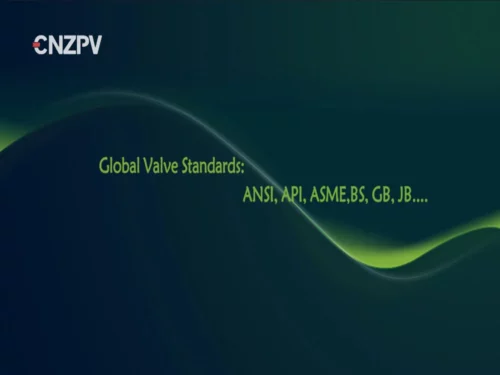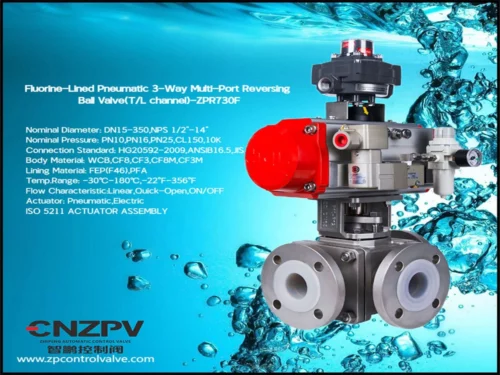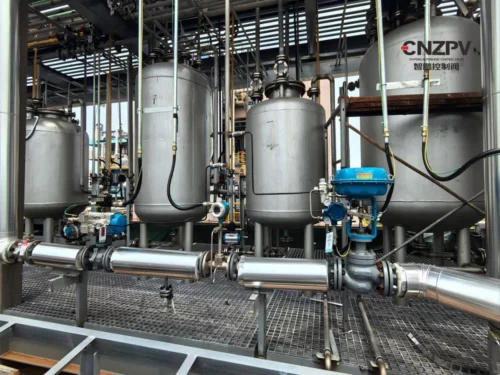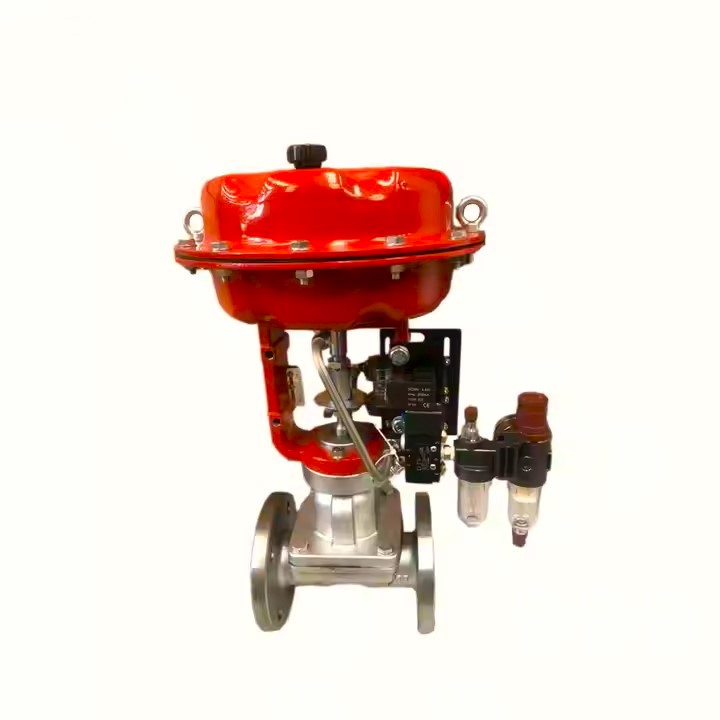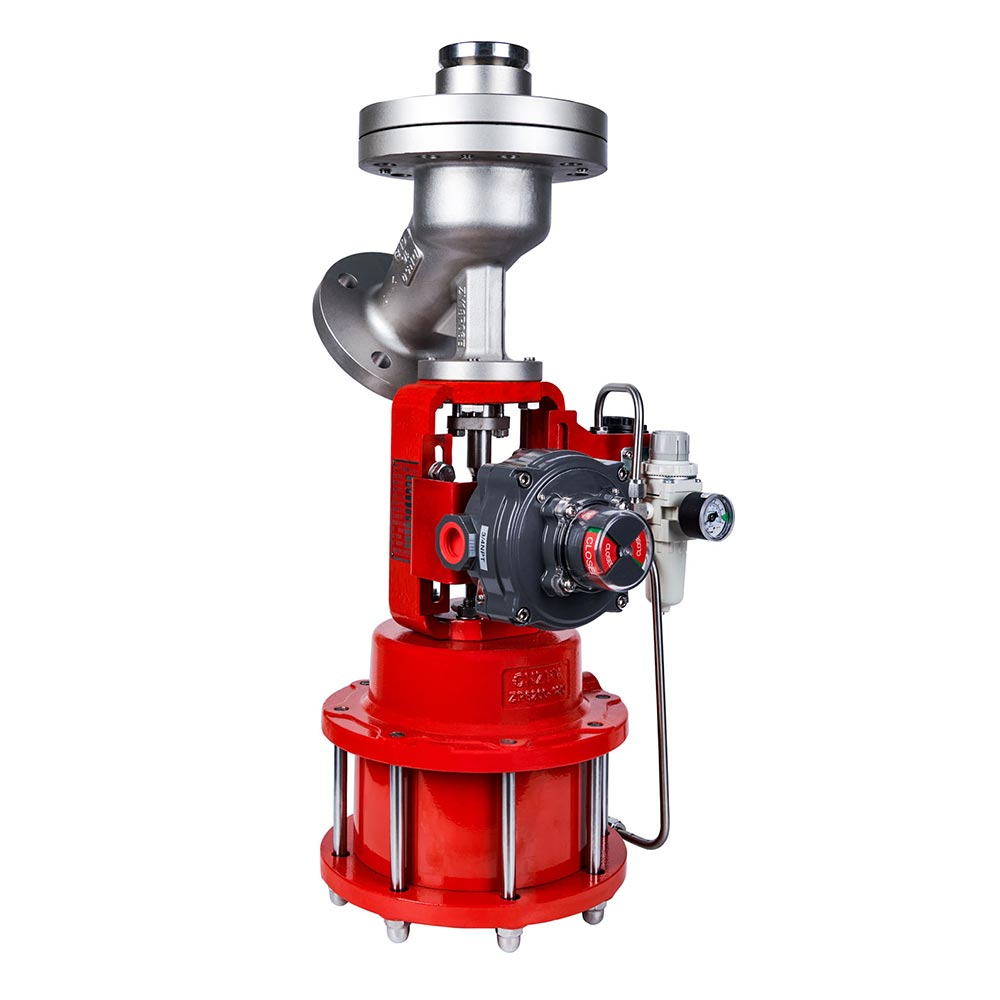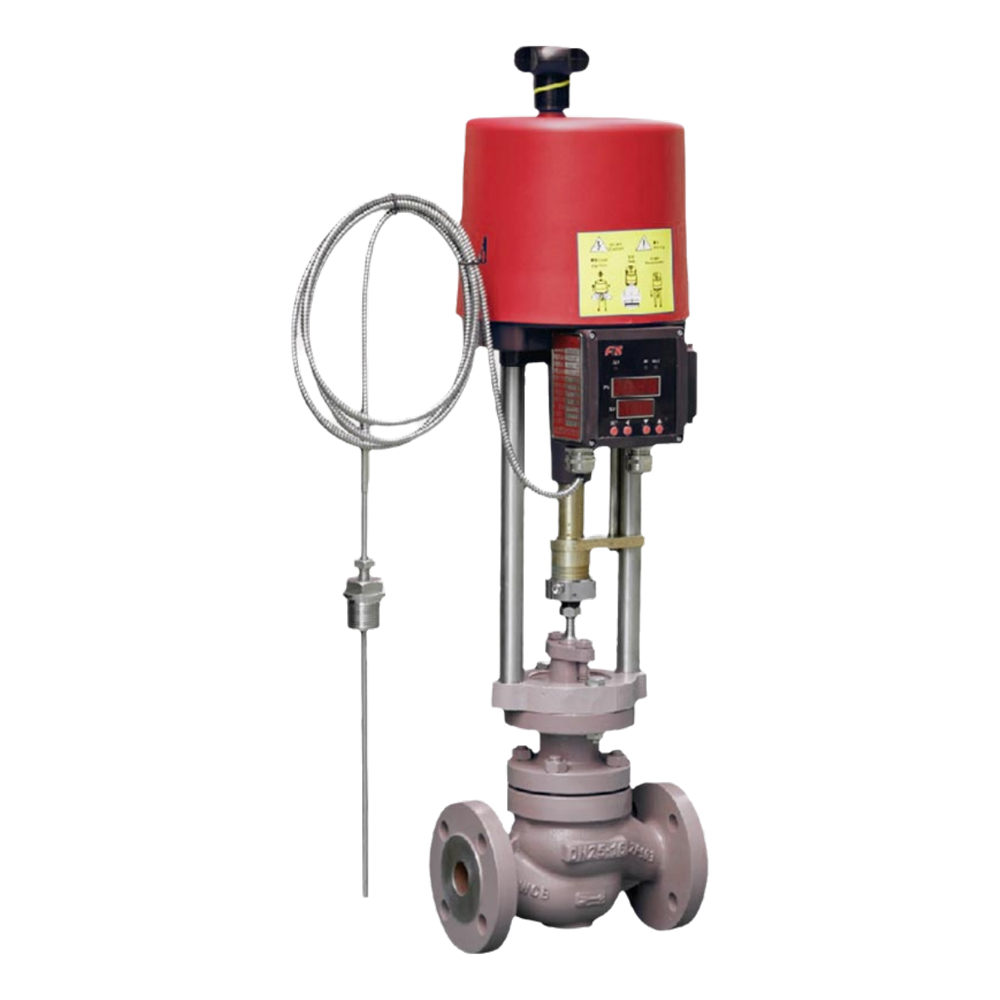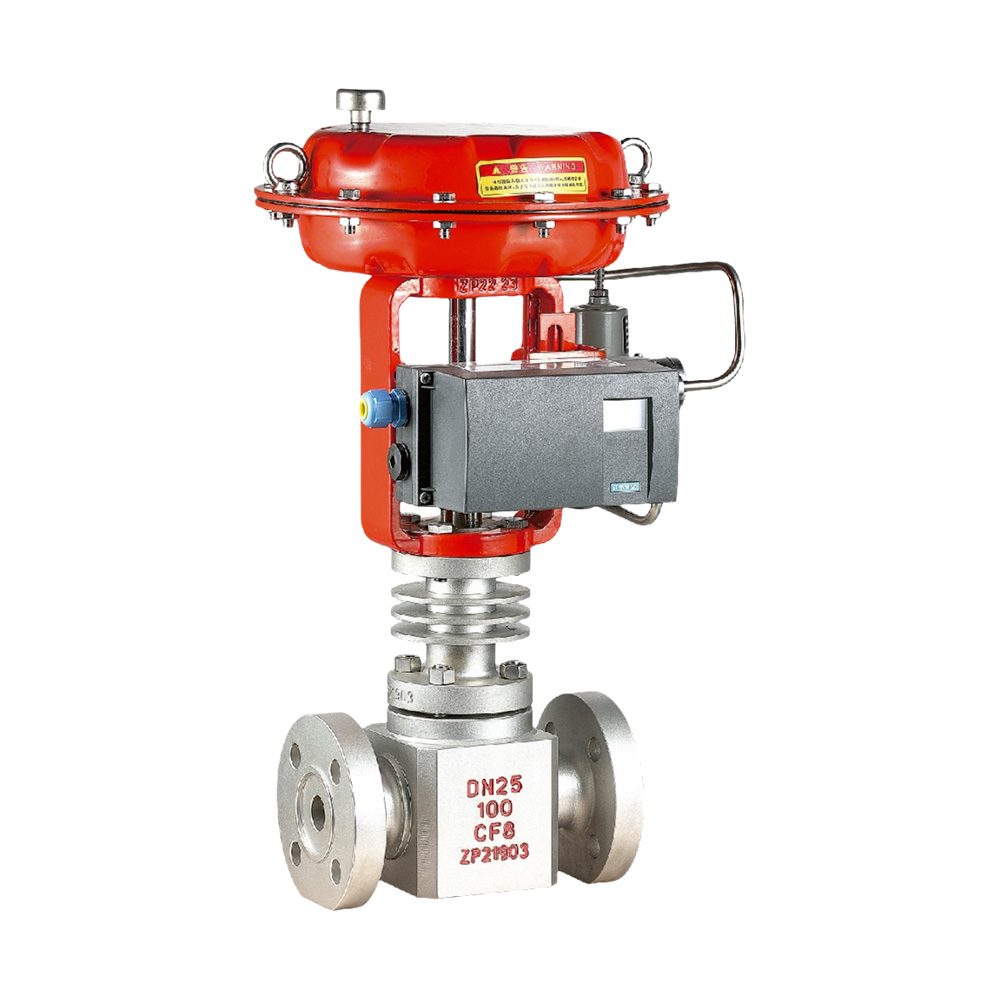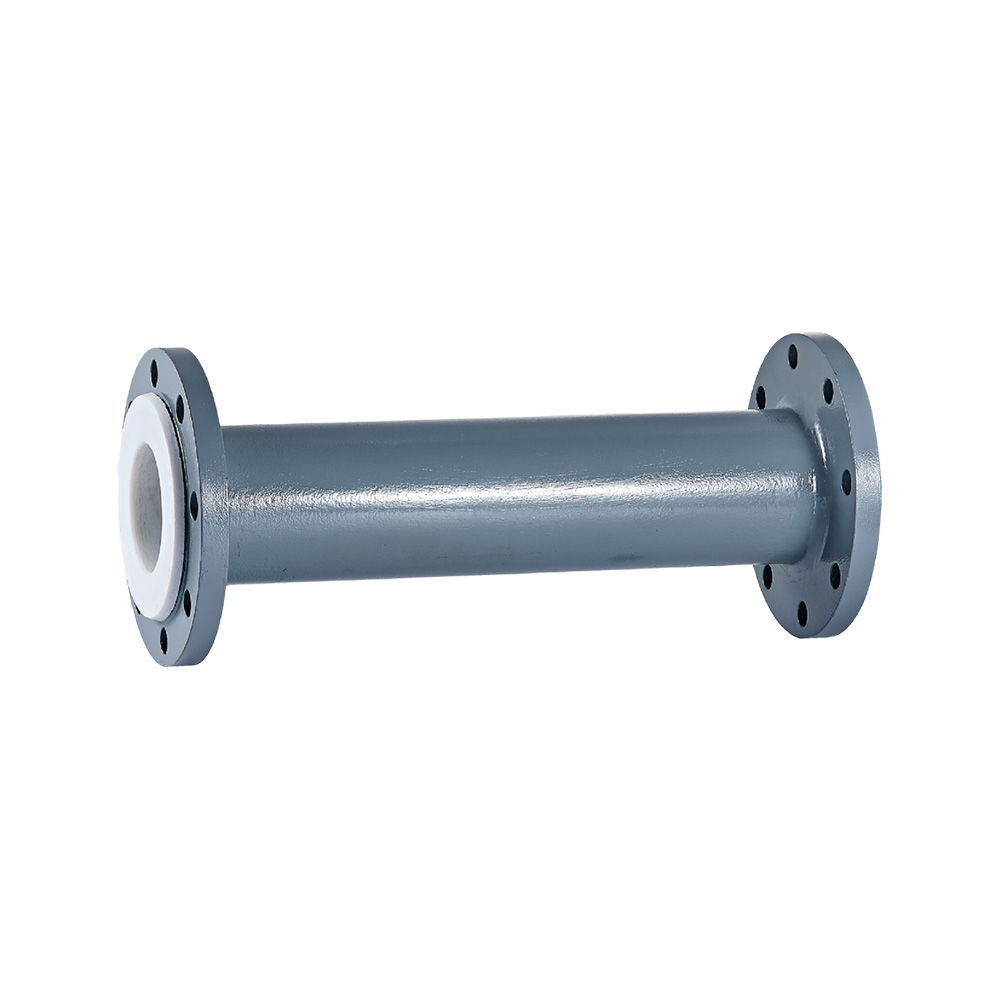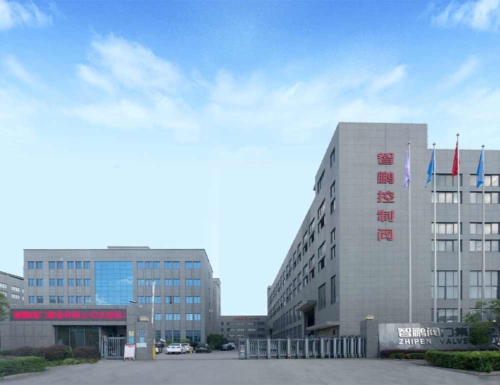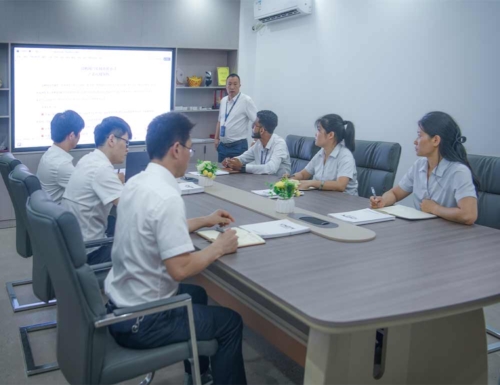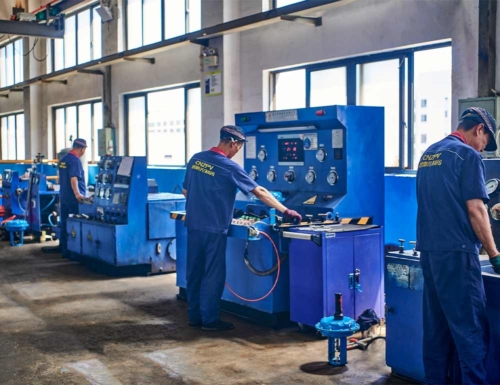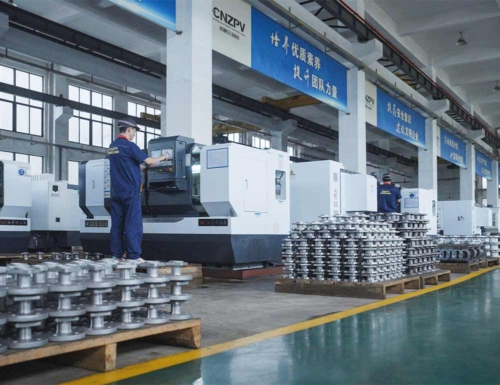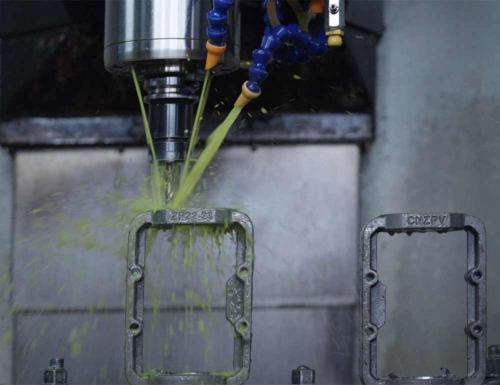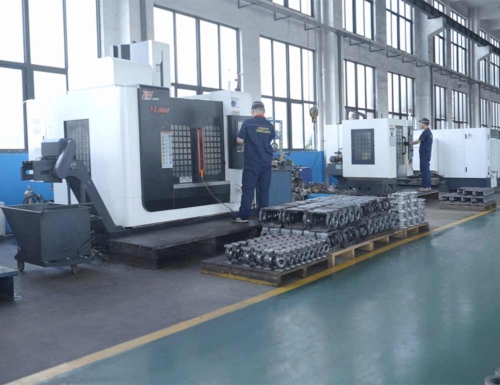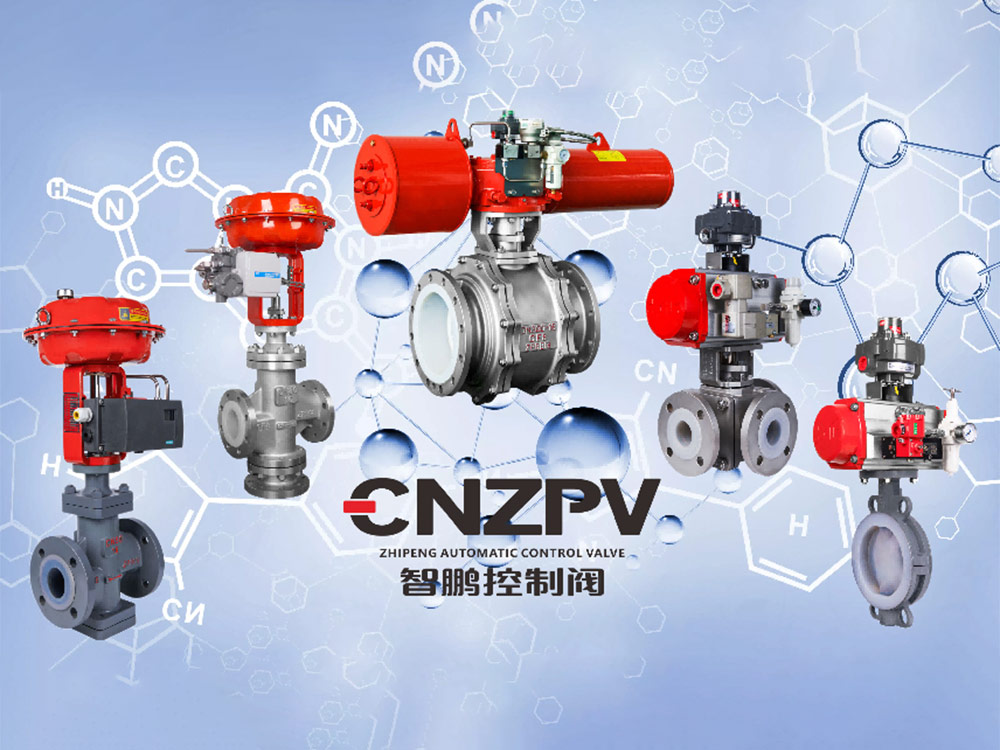
I. Process conditions
Process conditions are the fundamental basis for the selection of control valves.
Medium characteristics:
Temperature:Different temperature ranges have different requirements for the materials of control valves. For high-temperature media, high-temperature-resistant materials such as special alloy steels are needed to ensure that the valve will not deform or be damaged at high temperatures and to guarantee its sealing performance and operational performance.
Pressure:High-pressure media require control valves to have sufficient strength and pressure resistance. The design of components such as the valve body and valve core should be able to withstand the corresponding pressure to prevent leakage and rupture.
Corrosiveness:For corrosive media such as acids and alkalis, corrosion-resistant materials such as stainless steel and fluoroplastic-lined plastics should be selected. These materials can resist the corrosion of the medium and extend the service life of the valve.
Viscosity:High-viscosity media may affect the flow performance and operational accuracy of the valve. When selecting a valve, it is necessary to consider whether the structural design of the valve is suitable for high-viscosity media, for example, by adopting a special valve core shape or increasing the valve diameter.
Flow rate and flow rate variation range:
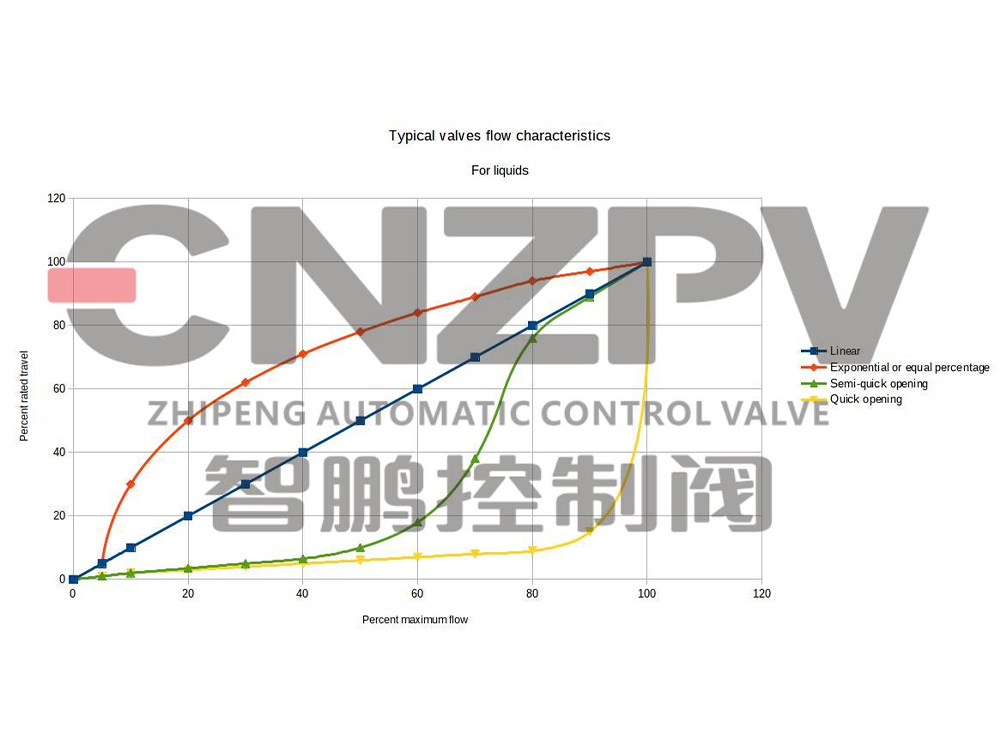
Accurately determining the flow rate requirements in the process is the key to selecting the appropriate control valve. According to the maximum flow rate, minimum flow rate, and normal flow rate range, select a control valve with corresponding flow characteristics.
For occasions with a large flow rate variation range, a control valve with an equal percentage flow characteristic can be considered. It can maintain a relatively stable control effect at different flow rates.
Allowable pressure drop:
The limitations on pressure drop in the process system will affect the selection of control valves. If the allowable pressure drop is small, a control valve with a large flow capacity may be needed to reduce pressure loss.
On the contrary, if the pressure drop requirements are not strict, a more economical and practical valve type can be selected considering other factors.
II. Control requirements
The performance requirements of the control system directly determine the selection of control valves.
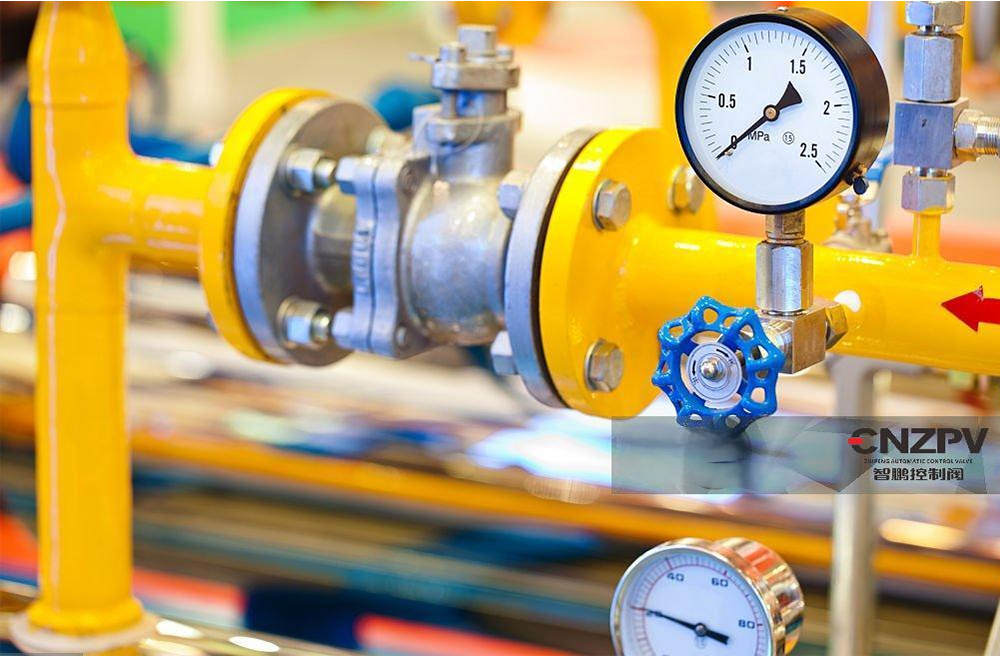
Accuracy requirements:
When the control system has high accuracy requirements, high-performance control valves need to be selected. Intelligent control valves usually have more accurate control capabilities and can achieve finer flow regulation.
Intelligent control valves can monitor and adjust the valve opening in real time through built-in sensors and controllers to meet the requirements of precise flow control.
Response speed:
In occasions where fast response speed is required, such as in fast-switching process flows, the structure of the valve and the type of actuator are crucial.
Pneumatic actuators act quickly and can achieve the opening and closing of the valve in a short time, which makes them advantageous in occasions with high requirements for response speed. Electric actuators, on the other hand, are relatively slow in action and may not be suitable for such applications.
III. Valve structure and materials
Appropriate valve structure and materials can ensure the stable operation of control valves under specific working conditions.
Valve structure types:
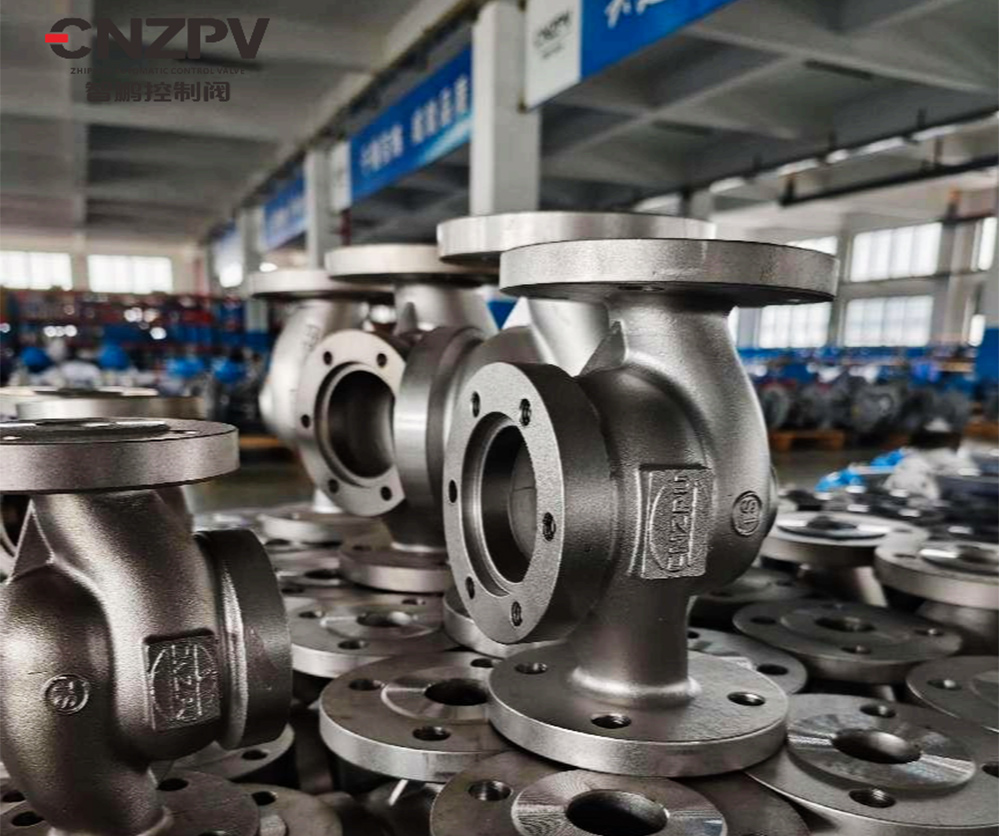
Straight single-seat valve:Due to the characteristics of its valve core structure, it has a small leakage rate and is suitable for occasions with strict leakage requirements. For example, in some high-precision metering systems or process flows with high environmental requirements, straight single-seat valves can ensure accurate control of the medium and minimum leakage.
Straight double-seat valve:It has the advantage of allowing a large pressure difference and is suitable for process systems with a large pressure difference. In some working conditions with a high pressure difference, straight double-seat valves can effectively balance the pressure on both sides of the valve core, reduce the load on the actuator, and improve the stability and reliability of the valve.
Material selection:
For suspensions containing high-concentration abrasive particles, the internal materials of the valve should be hard and wear-resistant. Materials such as hard alloys and ceramics can be selected to make the valve core and valve seat to resist the wear of particles and extend the service life of the valve.
IV. Actuator
The actuator is the power source of the control valve, and different types of actuators have their own characteristics.
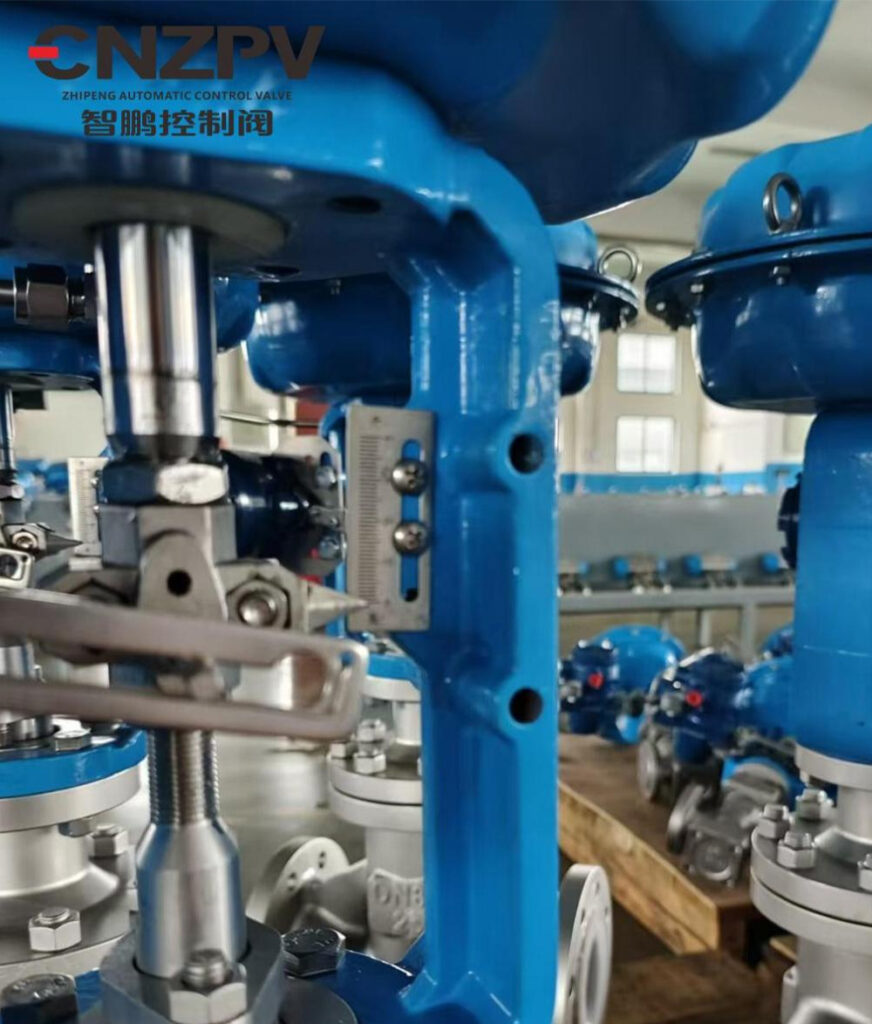
Electric actuator:
It has a simple structure and is relatively convenient to install and maintain. It is driven by a motor and can realize remote control and automatic operation.
It has high reliability and is suitable for occasions with high requirements for stability. However, its action speed is relatively slow and may not be suitable for applications with extremely high requirements for response speed.
Pneumatic actuator:
It acts quickly and can achieve the rapid opening and closing of the valve in a short time. This gives it an advantage in process flows that require quick responses.
It is simple to maintain, and the air source is usually relatively easy to obtain. However, it needs to be equipped with air source equipment such as air compressors, which increases the complexity of the system.
Hydraulic actuator:
It has a large thrust and is suitable for occasions that require a large thrust, such as high-pressure and large-diameter control valves.
However, the hydraulic actuator system is complex and requires equipment such as hydraulic pump stations, which results in high installation and maintenance costs.
V. Reliability and maintainability
Ensuring the reliability and ease of maintenance of control valves is an important factor in reducing production costs.
Material quality and manufacturing process:
To select a reliable control valve, pay attention to the quality of its materials and manufacturing process. High-quality materials can ensure the durability of the valve under harsh working conditions, and exquisite manufacturing processes can improve the sealing performance and mechanical properties of the valve.
For example, the casting process of the valve body and the machining accuracy of the valve core will affect the reliability of the valve.
Manufacturer’s reputation and after-sales service:
Selecting control valves produced by manufacturers with good reputations can ensure the quality and performance of the products. The manufacturer’s after-sales service is also crucial, including timely technical support, maintenance services, and spare parts supply.
When selecting, you can refer to the manufacturer’s reputation, customer evaluations, and industry recommendations.
VI. Economy
Under the premise of meeting process and control requirements, select an economical and practical control valve.

Equipment cost:
Control valves of different types and specifications have large price differences. When selecting, comprehensively consider the performance and price of the valve and select a product with high cost performance.
Do not simply pursue a low price while ignoring the quality and performance of the valve, so as to avoid higher maintenance costs in later use.
Installation cost:
Consider the installation difficulty and required installation cost of the control valve. Some valves with complex structures may require professional installers and special installation tools, increasing the installation cost.
Operation and maintenance cost:
Evaluate the maintenance cost of the control valve during operation, including regular maintenance, repair costs, and spare parts replacement costs. Selecting a control valve that is easy to maintain and has good universality of spare parts can reduce operation and maintenance costs.
In conclusion, the selection of control valves needs to comprehensively consider multiple aspects such as process conditions, control requirements, valve structure and materials, actuators, reliability and maintainability, and economy. Only by carefully analyzing and selecting according to specific working conditions can we ensure that the control valve can achieve the best control effect in the process system and realize economical and reliable operation.

